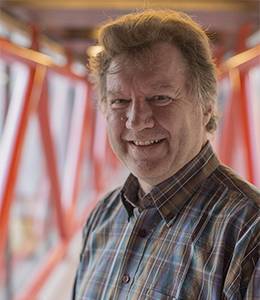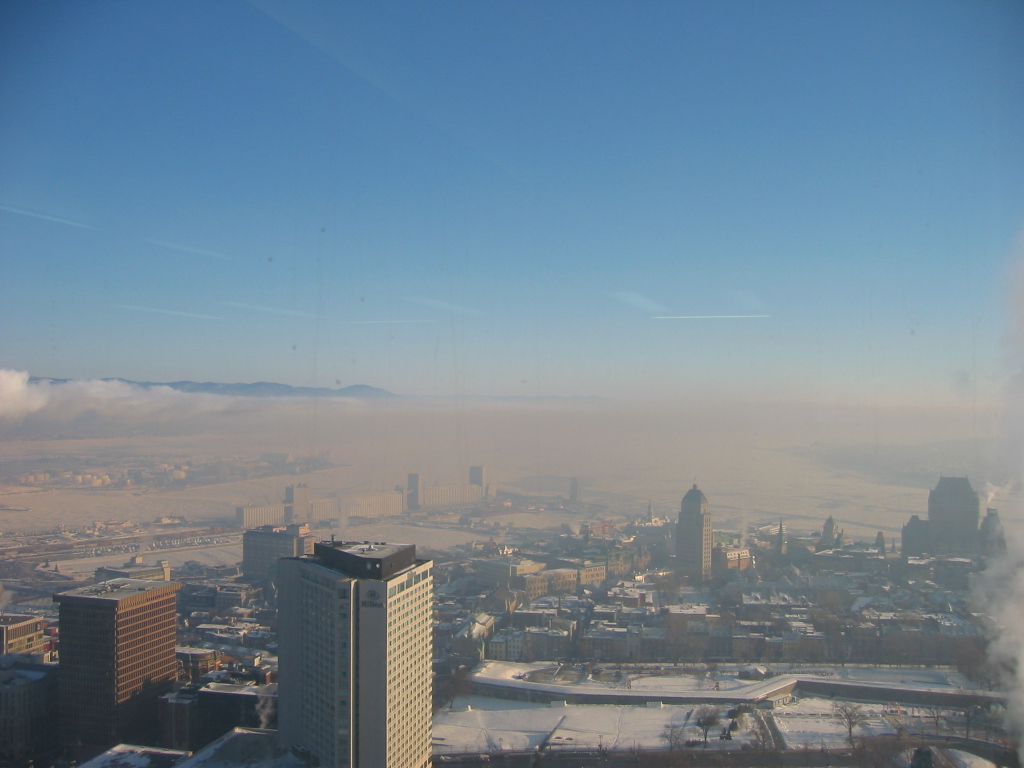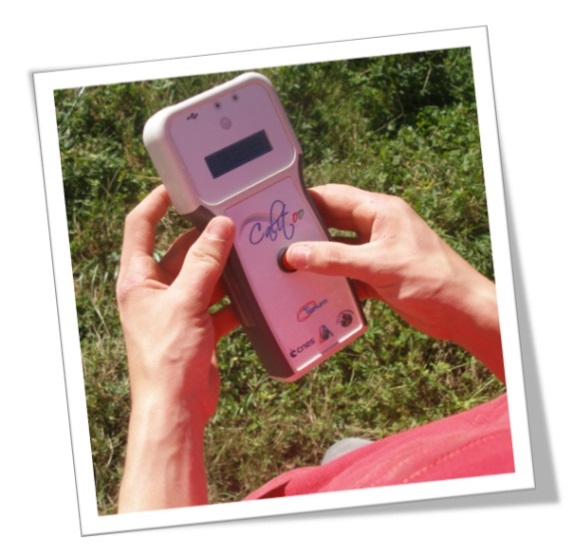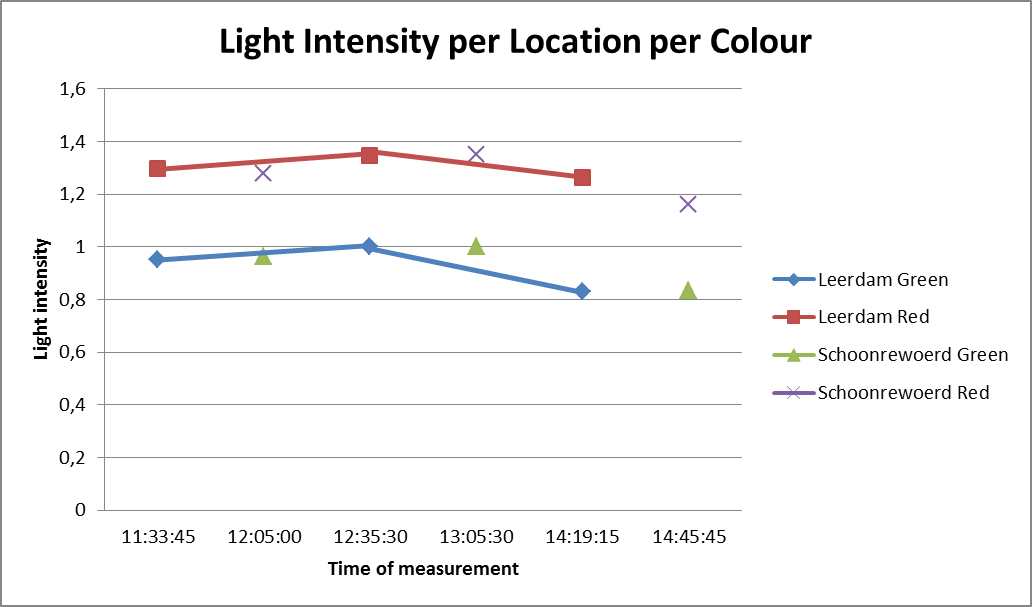News - Norway
Scientist from Delft University of Technology Helps GLOBE Students with Research on Aerosols
 For the 2017 Virtual Science Symposium, students at Heerenlanden College, Netherlands, prepared a very interesting research project on “Aerosols in urban and non-urban areas.”
For the 2017 Virtual Science Symposium, students at Heerenlanden College, Netherlands, prepared a very interesting research project on “Aerosols in urban and non-urban areas.”
Students not only invested lots of time into preparation of the project and into measurements, but also visited Herman Russchenberg, Professor of Atmospheric Remote Sensing at Delft University of Technology, and talked with him about their research and the difference in aerosol optical thickness in urban and non-urban areas.
We are grateful to Professor Russchenberg for sharing his time and experience with students, who were quoted as saying “The answers professor Russchenberg gave us were really helpful to extend our understanding of the matter and it also helped us improve our method and research question. Furthermore, doing this interview we learned something about the mindset one should have when researching something.”
You can read a summary of Professor Russchenberg’s answers translated form Dutch (see below). Each answer is followed by a student´s note about the significance of the answer for their research.
 Did you complete research that you would like to share with the GLOBE community? Submit your research report between 01 January and 01 March 2018 to the 2018 GLOBE International Virtual Science Symposium and show us the results of your hard work!
Did you complete research that you would like to share with the GLOBE community? Submit your research report between 01 January and 01 March 2018 to the 2018 GLOBE International Virtual Science Symposium and show us the results of your hard work!
Interview
Monday 27 February 2017
How can we draw reliable conclusions from our measuring results? After all there are very many variables that have to be taken into account when analyzing the data.
The best way to draw reliable conclusions from the measuring results is to make sure that you can compare measurements during which factors different that the light intensity are the same. Do measurements in both place at the same day for example. In this way the moist in the air won’t vary much. This means one factor less to take into account.
It’s also wise to measure when there are no clouds. Clouds decrease the accuracy of your results, because they absorb and reflect sunlight, while you actually only want you observe the reflection and absorption of sunlight by aerosols.
Furthermore it’s important to keep the temperature of the sunphotometer constant, since temperature influences the measurements done with the device.
Last of all, it’s useful to add alternative data, such as humidity, air pressure and air temperature in the graph. In this way you get an easy overview of the situation during every particular measurement. This enables you to easily identify two measurements during which the circumstances were approximately the same.
Significance: This helped us think up a good research method. And it also helped us with analyzing the data we collected.
In which climate do most aerosols arise?
Before you can answer that question you need to know something about in which ways aerosols arise. Aerosols can arise from human sources such as car emissions and aerosols can arise from natural sources such as the sea (sea salt can form aerosols) and deserts (sand and dust are aerosols).
something about in which ways aerosols arise. Aerosols can arise from human sources such as car emissions and aerosols can arise from natural sources such as the sea (sea salt can form aerosols) and deserts (sand and dust are aerosols).
But if your question is in which climate most natural aerosols arise this will be in the tropic and subtropics. This is where you find most deserts and where water from seas evaporates the fastest.
Can clear differences in aerosol optical thickness be discovered on a local scale or should one really look at national or international scale level?
Both is possible. It depends on over what time scale you look. Local differences can for example be very big if you do measurements during one day. However, when you start to look at the average aerosol thickness over a longer period of time you see that local differences start to disappear. This is because all the aerosols in the atmosphere mix a bit over time making the amount of aerosols in the air for two close by areas approximately the same.
Significance: This made us aware of the fact that our research did not have to include measurements from large distances apart. We did not have to use measurements from other countries or even other continents. We could just use the data we collected nearby.
Which place is the best to do measurements? And at which moment?
This depends on what you want to know. It depends on what the goal of the research is. Furthermore you should know why you want to do measurements. Those are all kinds of things you have to keep in mind when doing a research, because in the end you want to achieve something with your measurements.
One condition that is necessary for doing measurements, of course, is that you should be able to look directly at sun. There should not be any clouds in front of it.
Significance: This showed us that while doing a research you should never forget that you are doing this research because you want to find out something; you should take this into account in every decision you make.
Which of the factors mentioned on our datasheet has the biggest influence on the measurements done with the sun photometer? Which factor other than the light intensity contributes most to the inaccuracy of our measurements?
There isn’t really one factor that makes the measurements the least accurate. However, there are ways to find out whether a certain factor will have a big or a smaller influence on the measurements done with your sunphotometer.
For example, low clouds often let through less sunlight than higher clouds. You can easily see this because low clouds appear darker than high clouds. This means that measurements done when there are dark clouds will come out lower than they would in ideal circumstances.
Furthermore a white sky indicates that there is much water vapour in the air. This also reduces the accuracy of your measurement, because the water vapour reflects light. So, if the sky is bright blue the measurements you do will be more accurate than when the sky appears white.
Significance: In this way we can take into account that when we have measurements which were done while there were dark clouds or a milky sky, the values we measure will be lower than it would be in ideal conditions.
Are there aerosols in space?
The higher you get in the atmosphere the less aerosols you will encounter. When you eventually leave the atmosphere and you really enter space you won’t find any aerosols anymore. You do have something similar to aerosols in space which we call cosmic radiation. This is, however, not the same as aerosols; cosmic radiation is smaller.
Significance: This answer is not really significant for our research.
Do you think our research question “what is the difference in aerosol optical thickness in urban and non-urban areas?” is a good question or should we make it more specific?
This question is pretty general and you cannot measure it exactly. Because you cannot measure the average  aerosol optical thickness in urban and non-urban areas. You can only measure the aerosol optical thickness in a certain place at certain time or during a certain timeframe.
aerosol optical thickness in urban and non-urban areas. You can only measure the aerosol optical thickness in a certain place at certain time or during a certain timeframe.
So, I’d make it more specific. In the research question I would mention the date and the timeframe in which you did measurements.
If you make it more specific you’ll also be able to deduce a research method from the research question more easily. But if you keep it as general as this, you can do anything with your research method.
Significance: This answers helped us to formulate a better research question; we made our research question more specific. In this way we were also able to think up a good research method.
This answer is also very useful in next researches we will do, because Professor Russchenberg clearly shows a connection can be found between a research question and the research method.
Professor Russchenberg also made some comments that are not explicitly linked to our questions during the interview. A summary of these comments includes:
- Aerosols are very much influenced by meteorology; this determines for example where aerosols are transported to or whether certain chemical reactions from which aerosols arise can occur.
- What I’d do to measure differences between urban and non-urban areas is to choose two places - one in an urban area and one in a non-urban area - and take one day to do several measurements in both places. It’s best to measure at the same time. In this way you are sure that the other factors influencing your measurement are approximately the same.
Significance: This made us decide to do measurements during one afternoon in both places. Unfortunately this method was not completely possible for us, because in order to measure in both places at the same time we would need two sun photometers and there wasn’t a second we could borrow from Globe. Furthermore could we only manage to do measurements for half a day.
type: globe-newsNews origin: Europe and Eurasia





